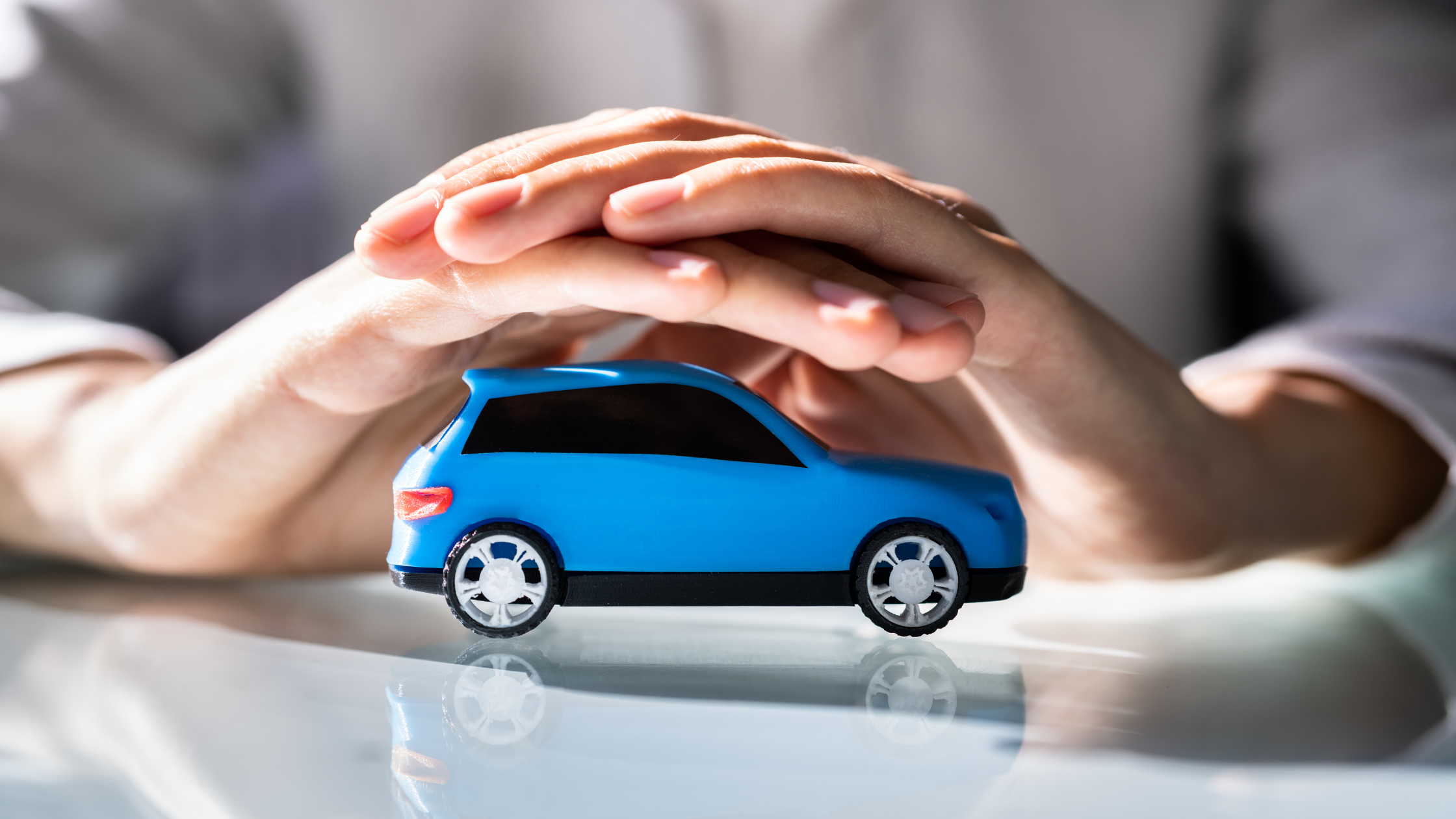When purchasing a car, one of the most important decisions you’ll make is choosing the right type of insurance. With several options available, it’s easy to feel overwhelmed. The question many drivers ask is: Which insurance type is best for a car?
The answer depends on your needs, budget, vehicle value, and local regulations. In this article, we’ll break down the major types of car insurance and help you decide which coverage is best suited for you.
Understanding Car Insurance Basics
Car insurance is a contract between you and an insurer that protects you from financial loss in the event of an accident, theft, or other damage. Most states in the U.S. require at least a minimum amount of liability insurance, but many drivers opt for more comprehensive protection.
The best type of insurance for your car isn’t necessarily the cheapest — it’s the policy that offers adequate protection without overpaying for coverage you don’t need.
Main Types of Car Insurance
Here are the primary types of auto insurance coverage:
1. Liability Insurance
This is the minimum coverage required by law in most states. It covers:
- Bodily Injury Liability: If you injure someone in an accident.
- Property Damage Liability: If you damage someone else’s property (like their car or fence).
Best for: Drivers on a tight budget or with older vehicles not worth much.
Limitations: Does not cover your car’s damage or your own medical expenses.
2. Collision Coverage
Collision insurance pays for damage to your car resulting from an accident with another vehicle or object, regardless of who is at fault.
Best for: Newer or financed vehicles.
Limitations: Usually comes with a deductible, which you must pay before coverage kicks in.
3. Comprehensive Coverage
Comprehensive insurance covers damage to your car from non-collision events such as:
- Theft
- Vandalism
- Natural disasters (hail, flood, fire)
- Falling objects
- Hitting an animal
Best for: Drivers in areas prone to severe weather or theft, or those with valuable vehicles.
4. Personal Injury Protection (PIP)
Also known as no-fault insurance, this covers medical expenses for you and your passengers after an accident, regardless of who caused it. It may also cover lost wages and rehabilitation.
Best for: Drivers in no-fault states or those without strong health insurance.
5. Uninsured/Underinsured Motorist Coverage
If you’re hit by someone who has little or no insurance, this type of coverage helps pay for your injuries and, in some cases, property damage.
Best for: Extra peace of mind in areas with high rates of uninsured drivers.
So, Which Insurance Type Is Best?
The best insurance type for a car usually combines liability, collision, and comprehensive coverage. This is often called “full coverage.”
Here’s when full coverage is ideal:
- You have a new or high-value vehicle
- Your car is leased or financed (required by lenders)
- You want protection against accidents, theft, and natural damage
- You live in an area with high accident or theft rates
However, if your car is older or has low market value, paying for collision and comprehensive coverage may not be worth it. In that case, liability-only coverage might be the smarter and more affordable option.
Factors That Influence the Right Insurance Type
Before choosing the best car insurance type, consider these factors:
- Vehicle age and value: Older cars often don’t need full coverage.
- Location: Urban areas may require more coverage due to higher risk.
- Driving history: A clean record may qualify you for better rates.
- Budget: Premiums vary based on the type and amount of coverage.
- Loan or lease requirements: Lenders typically require full coverage.
How to Customize Your Policy
Most insurance companies allow you to bundle different coverage types to create a policy that fits your needs. You can also adjust your deductible and policy limits to control the cost.
For example:
- A higher deductible means a lower monthly premium, but you’ll pay more out-of-pocket if you file a claim.
- Increasing your liability limits gives you greater financial protection in serious accidents.
Final Thoughts
The best insurance type for your car depends on your situation. If you own a newer or financed vehicle, full coverage (liability + collision + comprehensive) is often the safest choice. For older cars, a liability-only policy may be more cost-effective.
To make the right decision:
- Evaluate your vehicle’s value
- Understand your risk level
- Compare quotes from multiple providers
- Choose coverage that protects you today and in the future
Having the right insurance means peace of mind every time you get behind the wheel.




